
Nature & Outdoor Activities
6 natural landscapes: so much to see, so much to experience
You don't have to travel to the ends of the earth to discover remote floodplains, explore caves and see fascinating animals. Germany's protected natural landscapes provide all this and more. For those who are extra keen, you can also take part in additional excursions, guided tours and lectures as part of special experience weeks.
Wadden Sea National Park: a sky teeming with life
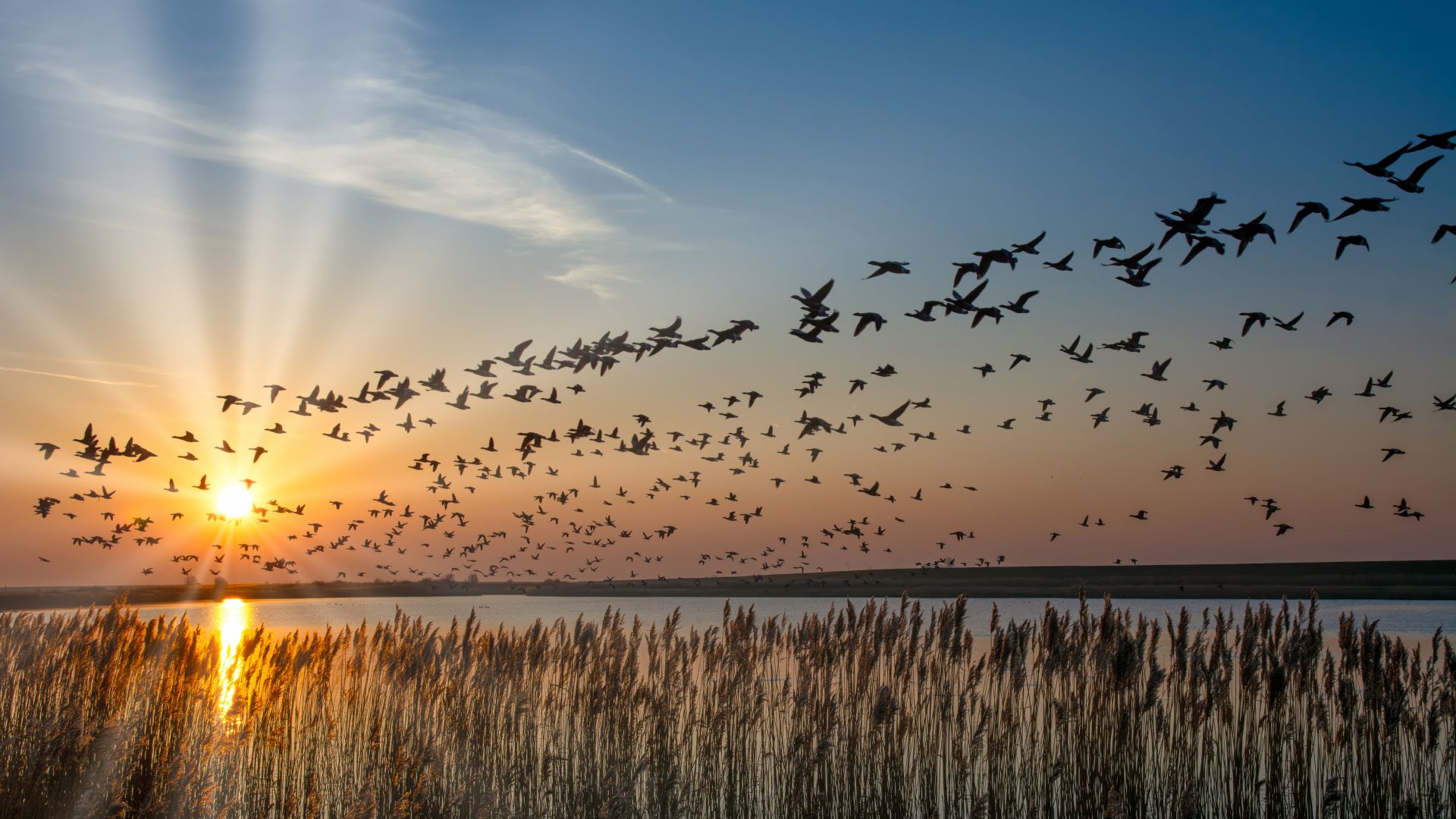 Wadden Sea National Park
©Adobe Stock (travelpeter)
Wadden Sea National Park
©Adobe Stock (travelpeter)
The two Wadden Sea National Parks of Schleswig-Holstein and Lower Saxony alone cover a total of almost 8,000 square kilometres – and are the most bird-rich area in Europe. This is particularly noticeable during the Ringelgan Days in April and May, where tours by boat, bike or on foot allow visitors to watch thousands of small geese. October brings with it another highlight of the birds' migration and is accompanied by lectures, excursions and family-friendly events.
Thuringian Forest Biosphere Reserve: exceptionally wild
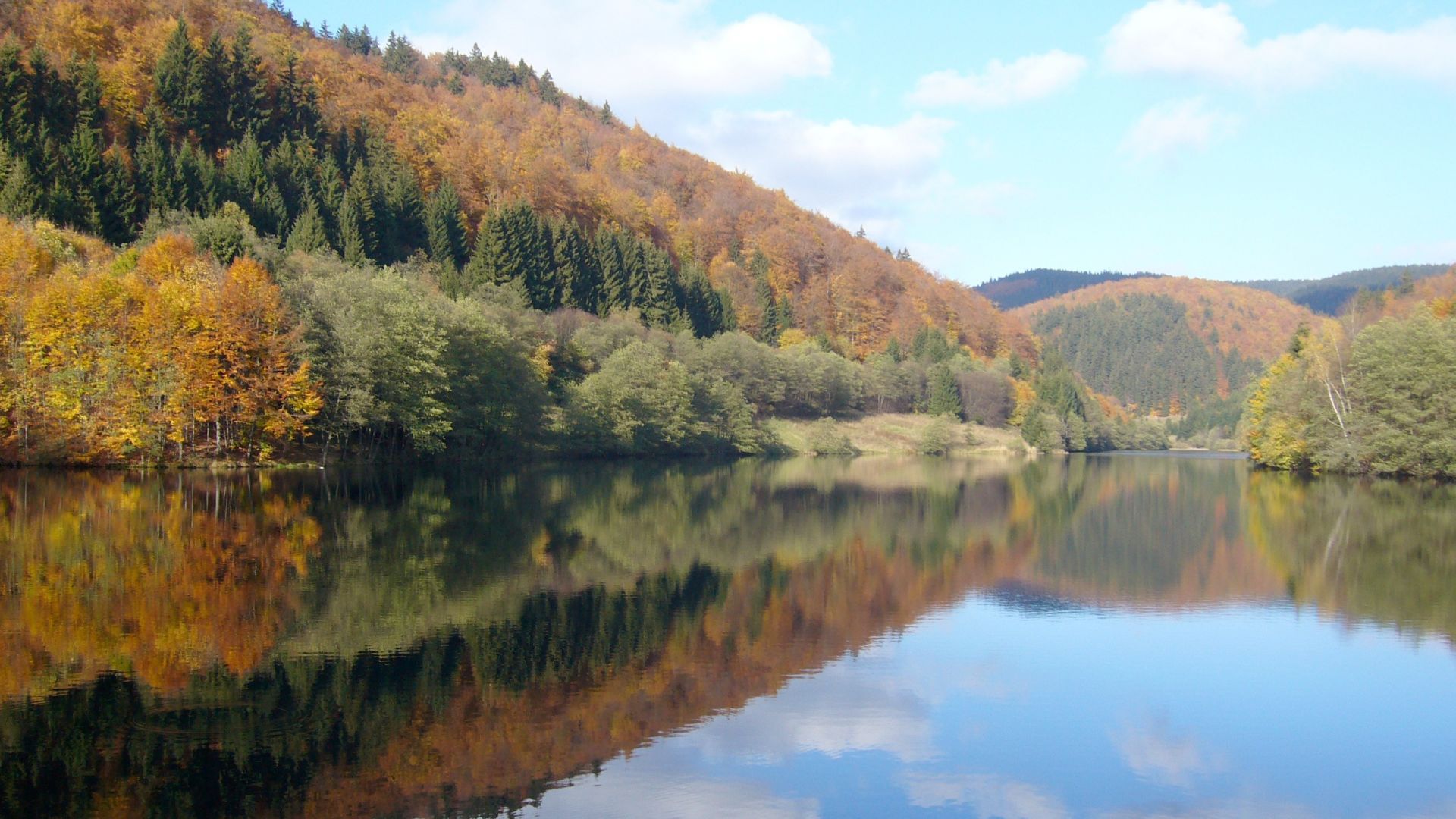 The Vessertal-Thuringian Forest UNESCO-Biosphere Reserve: Gabelgrund dam, Schönbrunn reservoir
©Biosphärenreservat Vessertal-Thüringer Wald (Jens-Karsten Wykowski)
The Vessertal-Thuringian Forest UNESCO-Biosphere Reserve: Gabelgrund dam, Schönbrunn reservoir
©Biosphärenreservat Vessertal-Thüringer Wald (Jens-Karsten Wykowski)
The 'Enjoyment Weeks' , which take place between Ilmenau and Schleusingen, invite you to experience nature in the mountain meadow blossom in spring and the rutting season in autumn. During guided hikes and workshops, nature guides and rangers provide exciting insights – and sometimes culinary tips too. Regional cuisine is a key element of this programme, with a particular focus on herbal specialities and game meat from Germany's oldest forest biosphere reserve.
Lower Oder Valley National Park: moments of bliss with the 'birds of happiness'
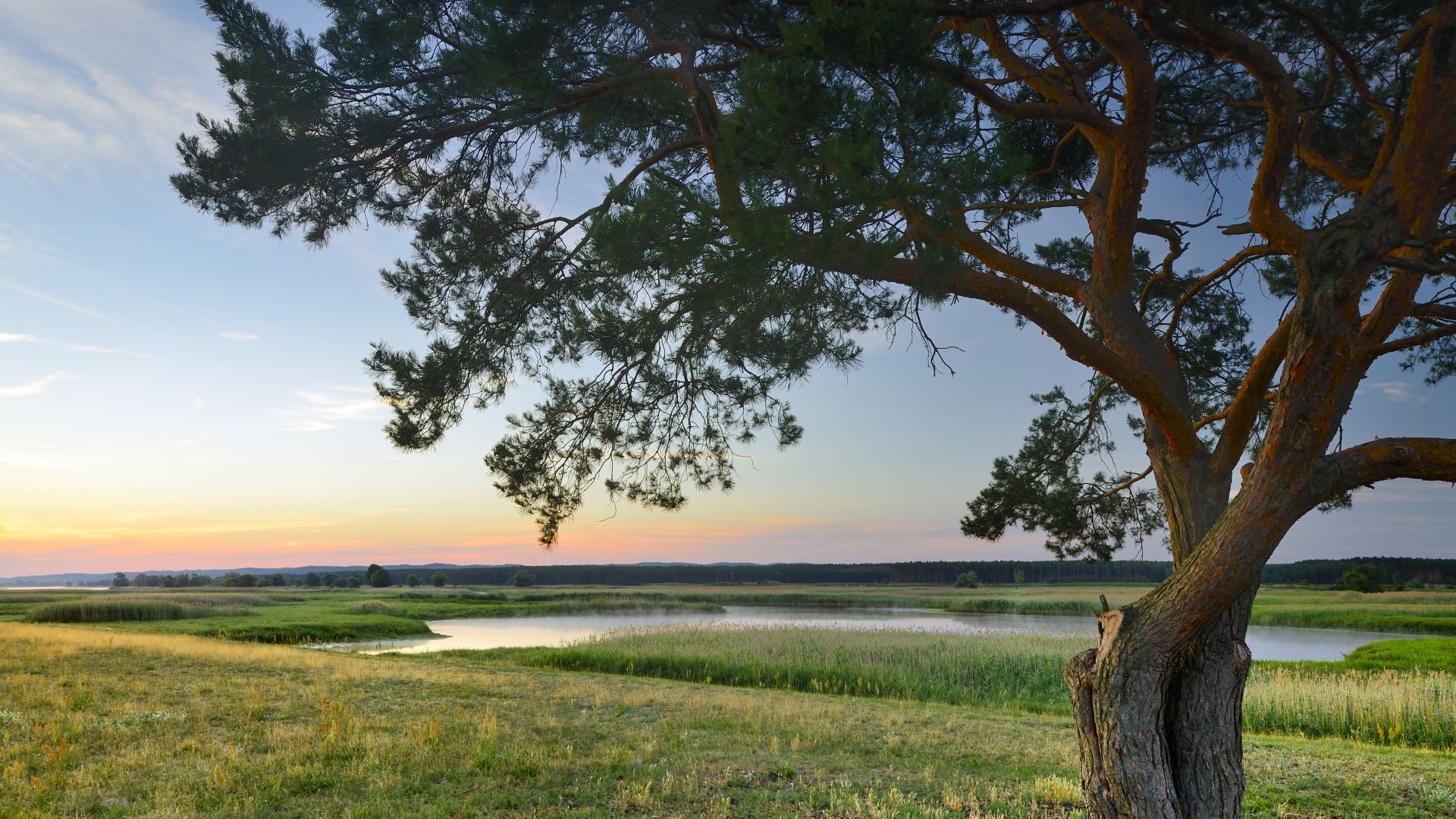 Lower Oder Valley National Park: View over meadows and fields
©DZT (Francesco Carovillano)
Lower Oder Valley National Park: View over meadows and fields
©DZT (Francesco Carovillano)
On their migration south, tens of thousands of grey cranes take a break in the sparsely populated north-east of Germany in autumn. The country's only floodplain national park in the Lower Oder Valley is a popular stop-off point for them. These shy 'birds of happiness' can be observed from designated vantage points and refuges. In the 'crane week' , you can learn more about these creatures on guided tours and at lectures.
Franconian Switzerland Nature Park – Franconian Jura: a mysterious underground world
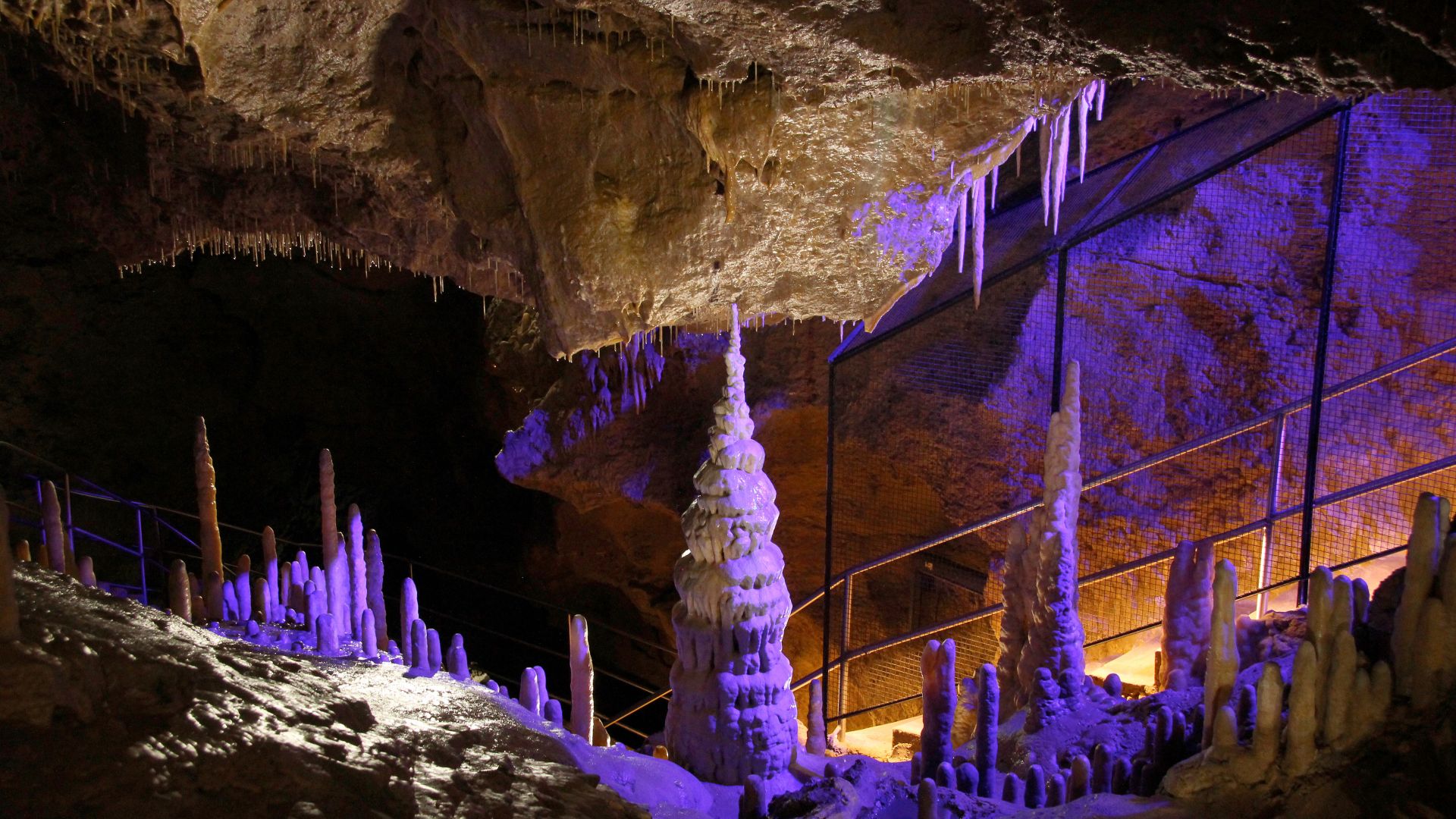 Pottenstein: Barbarossa Hall in the Devil`s Cave Pottenstein
©Tourismusbüro Pottenstein (Thomas Bernard)
Pottenstein: Barbarossa Hall in the Devil`s Cave Pottenstein
©Tourismusbüro Pottenstein (Thomas Bernard)
Huge stalactite columns, intricate crystal grottos and skeletons of giant cave bears: this sleepy scene is likely found in some of the more than 1,000 caves in the nature park between Nuremberg and Lichtenfels. Six of them have joined forces to form the 'Jura Caves Adventure World' and offer regular guided tours. One highlight is the Devil's Cave in Pottenstein, voted Germany's most beautiful show cave several times.
Rhön Biosphere Reserve: stars almost close enough to touch
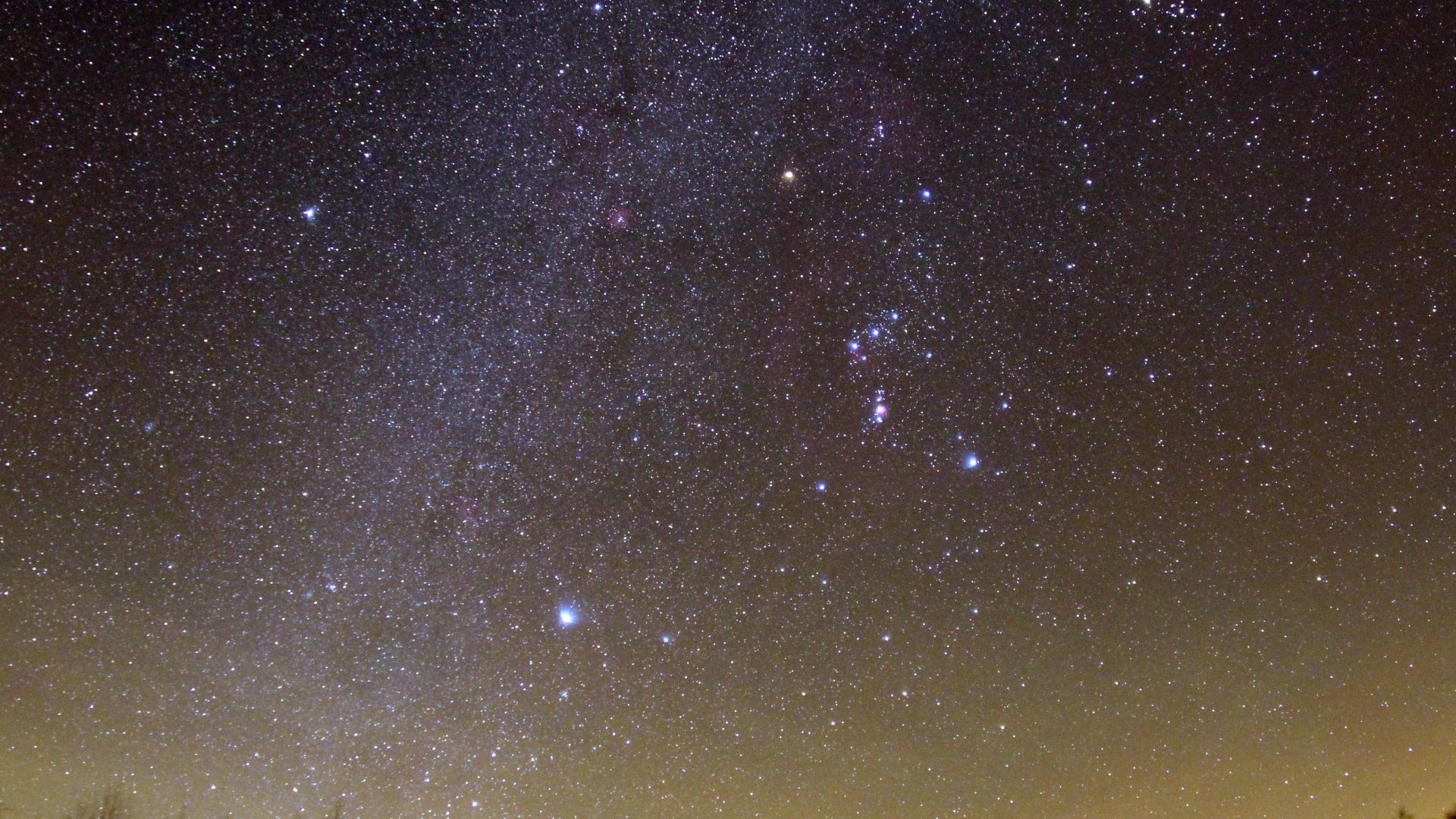 Star park in the black moor in the Rhön
©Sternenpark Rhön (A. Hänel)
Star park in the black moor in the Rhön
©Sternenpark Rhön (A. Hänel)
Local authorities and the reserve administration work hand in hand in the Rhön star park to protect the night. Animals aren't the only ones who benefit from the reduced light pollution here: people can also enjoy the stars, planets and distant galaxies much more clearly and learn from experts. And visitors can get close to the stars even during the daytime: designated areas attract visitors with rotating star charts and telescope stands, and some also have a North Star finder and information boards.
Black Forest Biosphere Reserve: special cattle, special protection
 Cows on the Belchen
©Getty Images (manfredmuenzl)
Cows on the Belchen
©Getty Images (manfredmuenzl)
'Preserving the landscape with pleasure': this is the motto of the 'Hinterwald Weeks'which take place every year in October in recognition of the cattle breed by the same name that is so typical of the southern Black Forest. To draw attention to these livestock that traverse the steep slopes, which are under threat of extinction (and to ensure their long-term preservation), more than 20 restaurateurs from the region are creating innovative Hinterwald dishes. They each serve three of them in their establishments.